Main menu
Common skin conditions

NEWS
Join DermNet PRO
Read more
Quick links
Introduction How it works Involvement Demographics Side effects and complications
Radiothermoplasty is a form of thermal resurfacing. It is a non-invasive treatment that uses a device to deliver radiofrequency (RF) energy into the deeper layers of skin, which causes a heating action that immediately tightens skin tissue and structures.
One form of radiothermoplasty uses the Thermage® device. It is used to treat facial lines and wrinkles.
The Thermage procedure uses patented radiofrequency technology called ThermaCool™ and ThermaLift™.
To understand how radiothermoplasty works a basic understanding of skin structure is required. Collagen is a protein molecule that is found in skin, muscle, tendons and bones and provides basic structural support. Through the natural processes of ageing, collagen in the dermis (the mid-layer of skin) is gradually lost and contributes to the formation of facial lines, sagging skin and wrinkles.
The Thermage procedure uses a special treatment tip (ThermaTip™) to deliver controlled amounts of RF energy into the collagen layers of the skin. This form of energy produces a heating action that penetrates the collagen and causes it to contract and tighten. Also, collagen production is triggered, and over about six months, new collagen grows to tighten the skin further.
The following is an outline of the Thermage procedure. Other radiothermoplasty procedures may be similar.
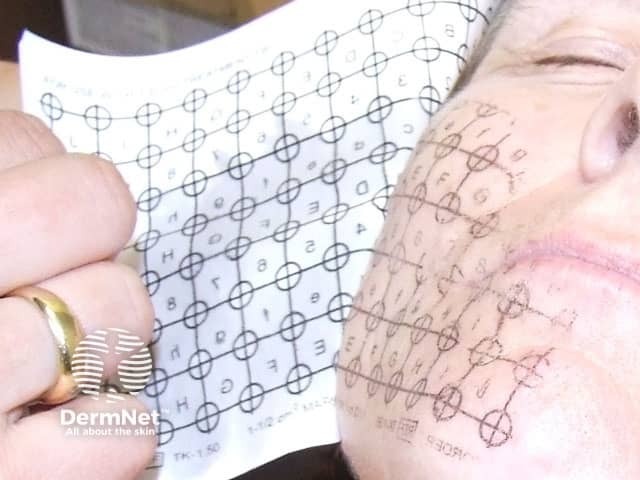
Thermage® procedure
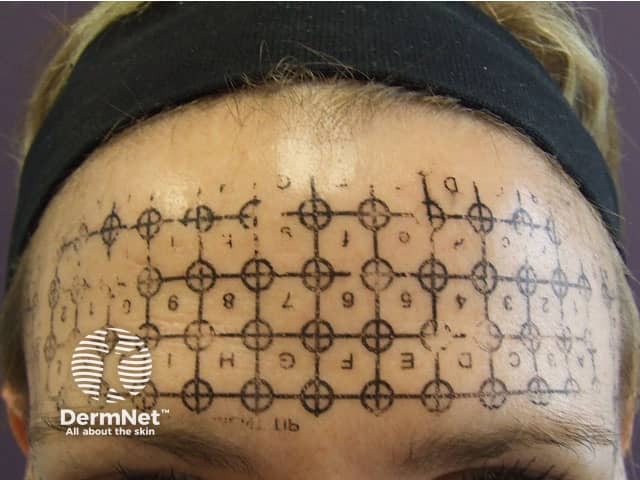
Thermage® procedure

Thermage machine
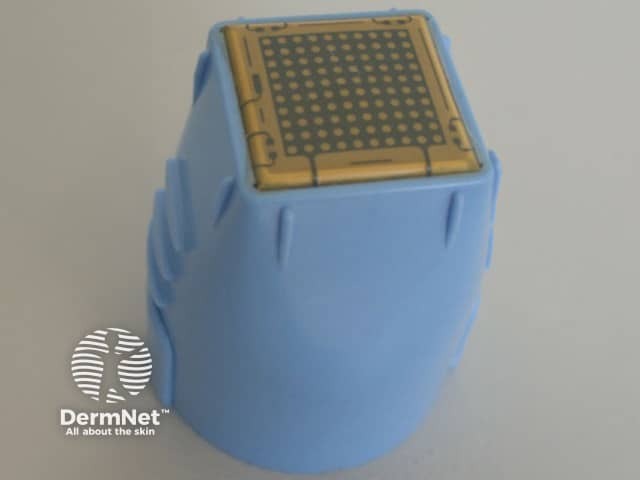
ThermaTip
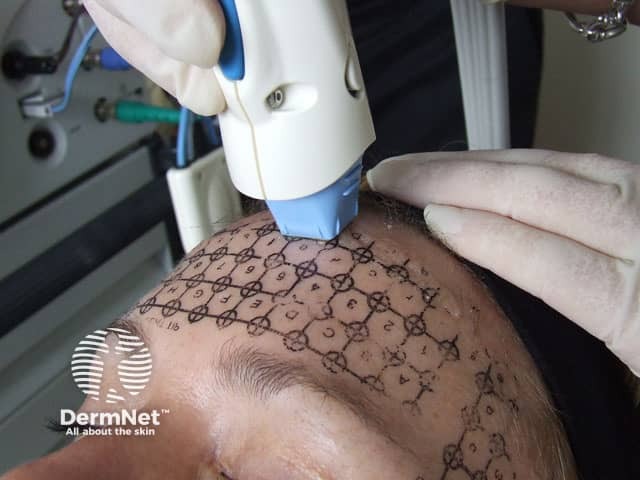
Treatment of brow
Thermage is a relatively new cosmetic procedure. People treated in the early years still appear to be showing benefits from the treatment. It is thought that benefits from Thermage may last as long as 5-10 years but only time will tell.
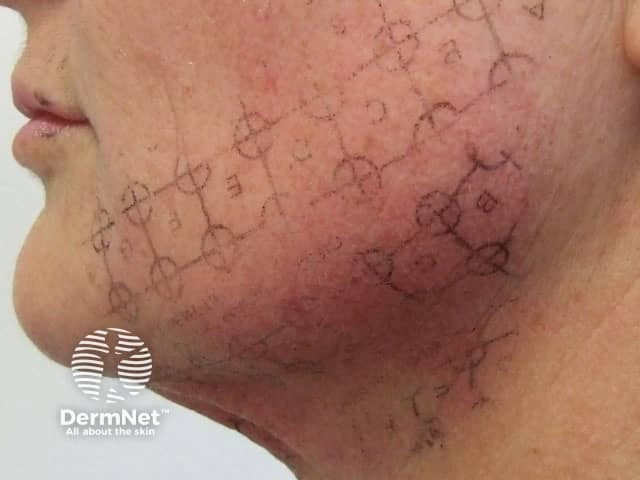
Thermage® procedure
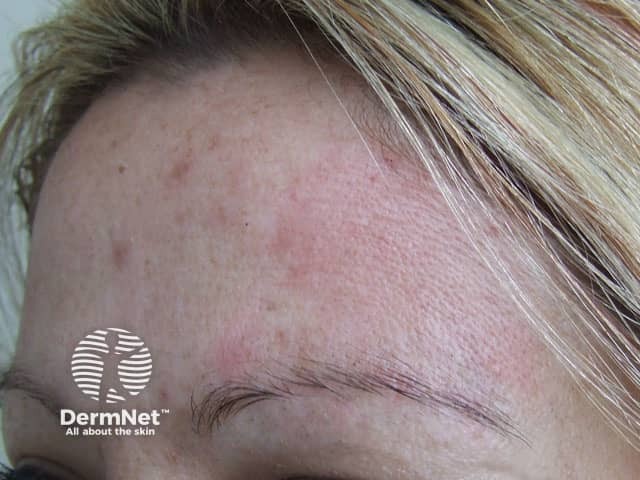
Thermage® procedure
Although radiothermoplasty has been touted as a “non-surgical facelift”, it is not a substitute for a facelift. Radiothermoplasty can provide some of the improvements that cosmetic facial surgery gives to people, but in a portion of people, no improvements will be seen after radiothermoplasty. Radiothermoplasty is best performed during the early signs of ageing such as:
The Thermage procedure appears to work best in people with thin faces who are just on the verge of considering cosmetic facial surgery. People with very loose skin, sagging jowls and a turkey gobbler may see little improvement after Thermage and are better suited for cosmetic surgery. If surgery is not an option, then Thermage may provide some improvements, but expectations need to be managed.
Thermage works well on people with all skin types, unlike laser treatments that can cause permanent loss or variable pigmentation in darker skinned individuals.
To date, the reported incidence of side effects from Thermage radiothermoplasty is less than 1%. Some of the more common side effects and complications include:
A more serious complication is the formation of dents in the skin (rare). This is attributed to overheating of tissue causing fat atrophy or excessive tightening. Adhering to treatment guidelines and responding to patient feedback throughout the procedure may prevent this.